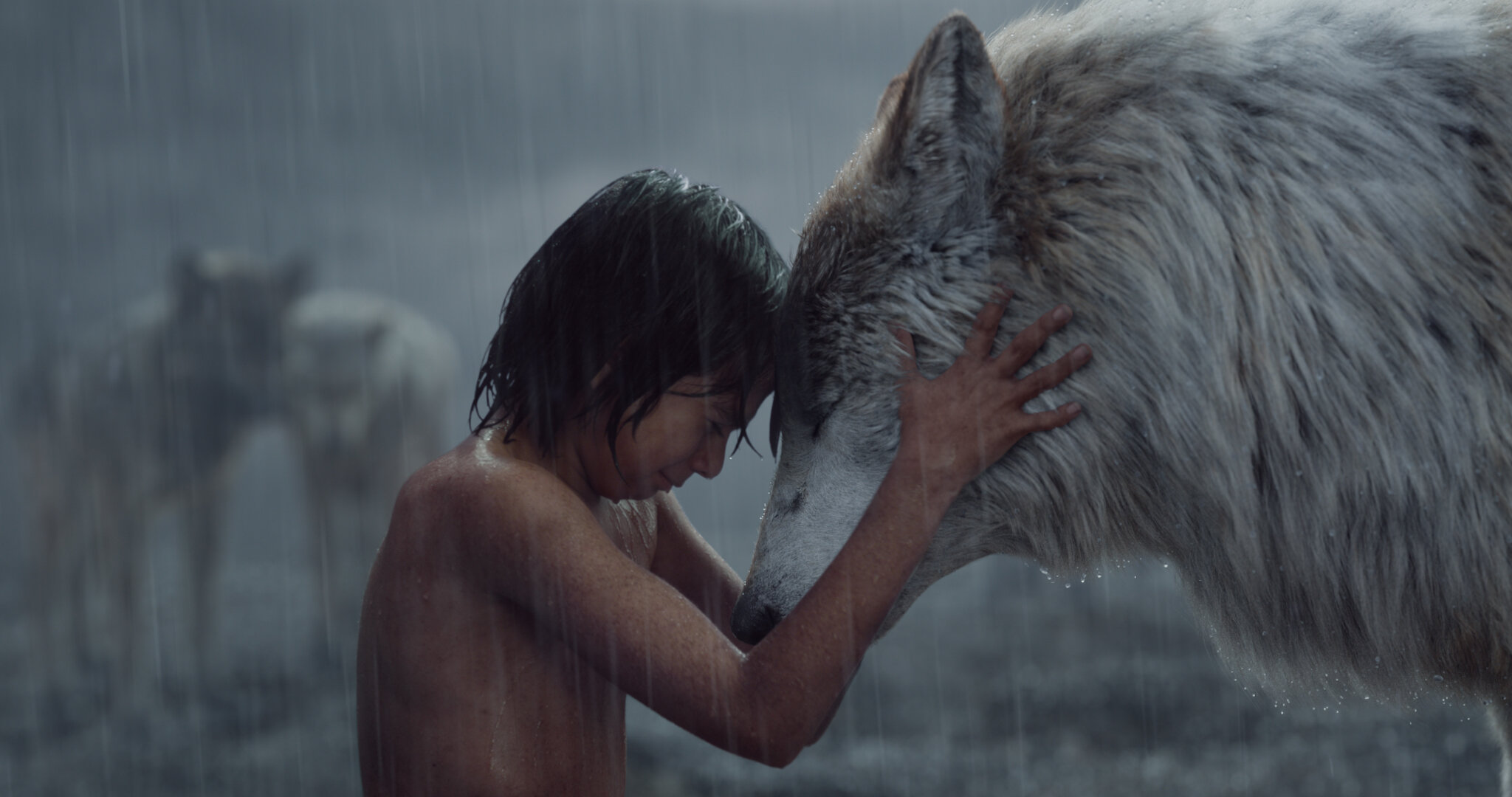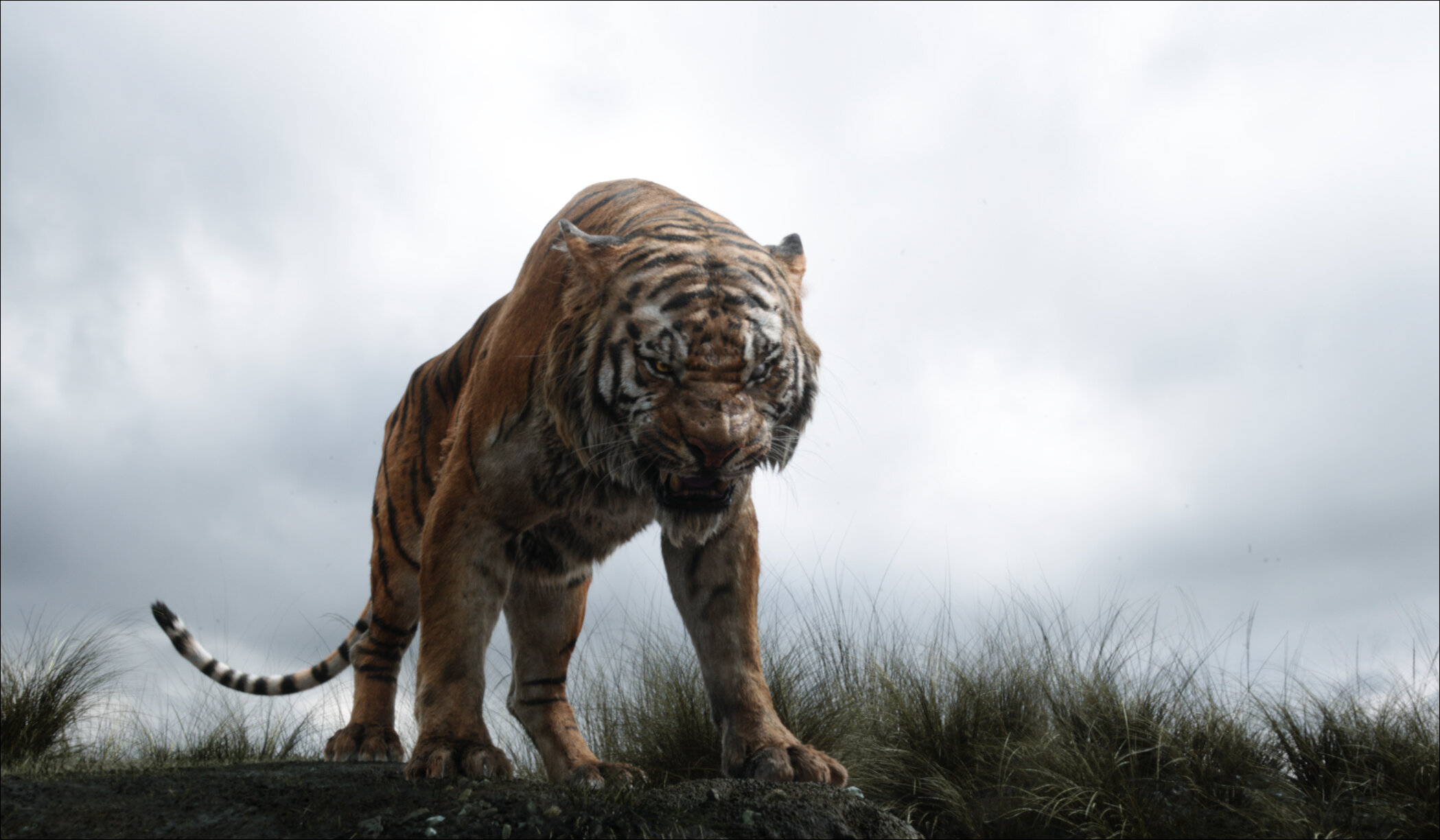The Jungle Book: Reimagining a Classic
Welcome to the jungle: How Animatrik brought Disney’s The Jungle Book to life
Jon Favreau’s The Jungle Book is a stunning re-creation of the 1967 animated Disney classic. In this modern-day reimagining, everyone’s favorite characters are brought to life on screen, from the young man-cub Mowgli, to the wolves he is raised by, the friendly bear Baloo, and the vicious Bengal tiger Shere Khan.
Although billed as a live-action film, it’s remarkable how little of the final frames are in fact “live-action”. Via advanced virtual production techniques and photorealistic visual effects, many of the environments and animals featured in The Jungle Book are completely computer-generated.
Performance capture company Animatrik played part in bringing Favreau’s virtual production vision to life. The company’s camera tracking technology ensured that Neel Sethi’s Mowgli could interact with synthetic jungle environments and animals in a totally convincing manner.
This was a challenging task, given that the production required a variety of dynamic and fluid shots. Mowgli’s scenes often included running, jumping and climbing through the jungle, not to mention the fact that he also needed to talk, hold and even ride on the film’s various animals; animals which were not, of course, on set with Sethi.
Let’s do it live: in-camera VFX
Virtual production techniques allowed for the next best thing.
On set, 40 of Animatrik’s NaturalPoint motion capture cameras were positioned on towers that could be moved depending on the shot required. This gave the director and crew a great degree of flexibility when it came to framing the action.
What’s more, Favreau and his team could actually see the VFX in action before they were completed.
Prior to the main shoot, blocking animation for Mowgli, the animals, and some of the environments and sets had been created by pre-visualization company The Third Floor.
Not only did this serve as a guide for the action, but this previs footage could also be played back in real-time during filming. The production could composite this previs footage against the live-action of Mowgli using what is known as a ‘simulcam’ setup.
In this way, Favreau, the actors, and crew could see a very accurate preview of the film’s final shots – with both real-life and VFX elements combined – long before anyone had even hit render!
Tracking Animals
Animatrik, using Optitrack Prime 41 motion capture cameras helped track aspects of the live-action shot. These were then fed into the ‘simulcam’ system set up by Technoprops and its founder Glenn Derry, along with a team from Digital Domain.
“It’s a testament to the growth of the capture industry that we can now deploy setups like this very efficiently,” says Animatrik President and CTO Brett Ineson, reflecting on the experience on The Jungle Book. “You couldn’t do that even five years ago.”
The delivery of ‘simulcam’ on The Jungle Book was a highly collaborative effort. “This worked by solving the film camera as a rigid body with the NaturalPoint mocap cameras,” explains Ineson. “That was then handed back into Technoprops’ software where it would be integrated with logger information that would take things like the aperture of the movie camera and put it into the stream. Digital Domain was able to take that into their system for the animation playback and real-time compositing.”
With Animatrik’s motion capture cameras and the ‘simulcam’ system in place, Sethi could walk alongside the black panther Bagheera (voiced by Sir Ben Kingsley) or ride the back of Baloo (Bill Murray), long before artists had got truly stuck into the nitty-gritty of the scene.
Reimagining a classic
Occasionally, puppeteers or bluescreen-clad stand-ins also helped with placing the CG animals in a scene. The creatures and environments – and occasionally even a digi-double Mowgli – would later be realized photo-realistically by the film’s VFX teams, led by MPC and Weta Digital and overseen by visual effects supervisor Rob Legato.
The realism of these characters is a combination of the excellent artistry exhibited by Weta and MPC, alongside acting that truly makes it feel like the CG animals were there on set.
“With so many of the characters being CG, this would be a really difficult movie to make if you could not visualize the performances while you were shooting,” says Ineson. “To get that sense of realism, and to capture the magic of the original film, you really needed to see everything there on set on the day. I was glad that Animatrik could play a part in realizing that vision.”




